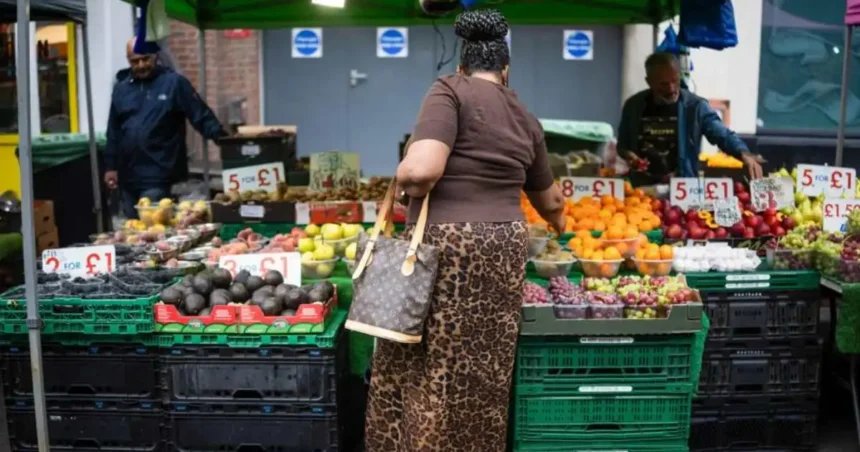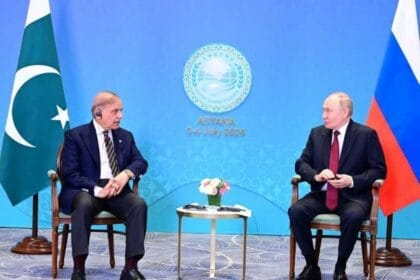UK inflation has dropped to 3.8%, the lowest level since 2021, giving families and businesses some relief after years of price pressures. The decline, driven by falling energy and food costs, comes as the Bank of England weighs whether to pause interest rate hikes. While the government welcomes progress, inflation still sits nearly double the central bank’s target, leaving questions about long-term stability. Economists warn that global energy shocks or supply chain strains could derail this fragile recovery.
UK inflation has cooled to 3.8 percent, marking its lowest level in four years and offering a glimmer of relief to households, businesses, and policymakers grappling with the long-running cost-of-living crisis. The latest figures, released by the Office for National Statistics (ONS), show that consumer price growth slowed in August 2025, largely due to easing energy bills, lower transport costs, and a moderation in food prices. This milestone comes as the UK continues its struggle to balance inflation control with economic growth.
The fall in UK inflation to 3.8% is seen as a significant step forward, particularly after a period when inflation repeatedly exceeded forecasts and climbed above 10 percent in 2022. Households had been battered by record energy prices, food inflation, and rising rents, while businesses faced mounting costs that squeezed profits and curbed investment. With the latest data, some of that pressure is finally easing, though the improvement remains fragile and uneven across sectors.
The Bank of England, which has hiked interest rates 14 times since 2021 to combat inflation, faces a delicate decision in the months ahead. While lower inflation at 3.8 percent strengthens the case for holding interest rates steady, policymakers remain cautious given the Bank’s official target of 2 percent is still far from being met. Analysts argue that the central bank must weigh the risks of over-tightening, which could tip the UK economy into a deeper slowdown, against the danger of inflation reaccelerating if policy loosens too soon.
For Prime Minister Keir Starmer’s Labour government, the latest UK inflation 3.8% figure offers both relief and political opportunity. Chancellor Rachel Reeves welcomed the news, pointing to it as evidence that economic reforms and fiscal discipline are beginning to show results. However, ministers also acknowledge that many families continue to struggle, with real wages lagging behind pre-pandemic levels and housing affordability remaining a pressing concern. Critics argue that while inflation has slowed, the cost of living crisis is far from over for ordinary households.
Businesses across the retail and service industries expressed cautious optimism following the announcement. Retailers hope lower inflation could revive consumer spending ahead of the holiday season, while restaurants and hospitality venues anticipate an uptick in demand. Yet small businesses warn that persistent high borrowing costs and supply chain constraints continue to limit their recovery. For many, the impact of UK inflation at 3.8 percent has not yet translated into noticeable savings in day-to-day operations.
Global observers are also closely monitoring Britain’s progress. The decline brings UK inflation closer to eurozone levels, though it remains higher than the US, where inflation has cooled more sharply. Economists note that Britain’s heavy reliance on energy imports and its exposure to volatile global markets mean risks remain elevated. A sudden surge in oil prices or renewed geopolitical instability could reverse recent gains and push inflation back upward.
Financial markets responded with relative calm. The pound remained stable against the dollar and euro, while UK bond yields dipped slightly as investors speculated that the Bank of England may slow its pace of tightening. Stock markets, meanwhile, reflected cautious optimism, with consumer-facing sectors gaining modestly on the back of improved spending outlooks.
For millions of British families, the headline figure of UK inflation 3.8% represents hope that the worst of the cost-of-living crisis may finally be behind them. Energy bills are expected to ease further into the winter, and food price inflation is forecast to slow, though still higher than historical averages. Households remain cautious, however, with many choosing to save rather than spend as economic uncertainty lingers. The government and Bank of England now face the challenge of ensuring that inflation continues to fall without undermining growth, a balance that will shape the direction of Britain’s economy well into 2026.














